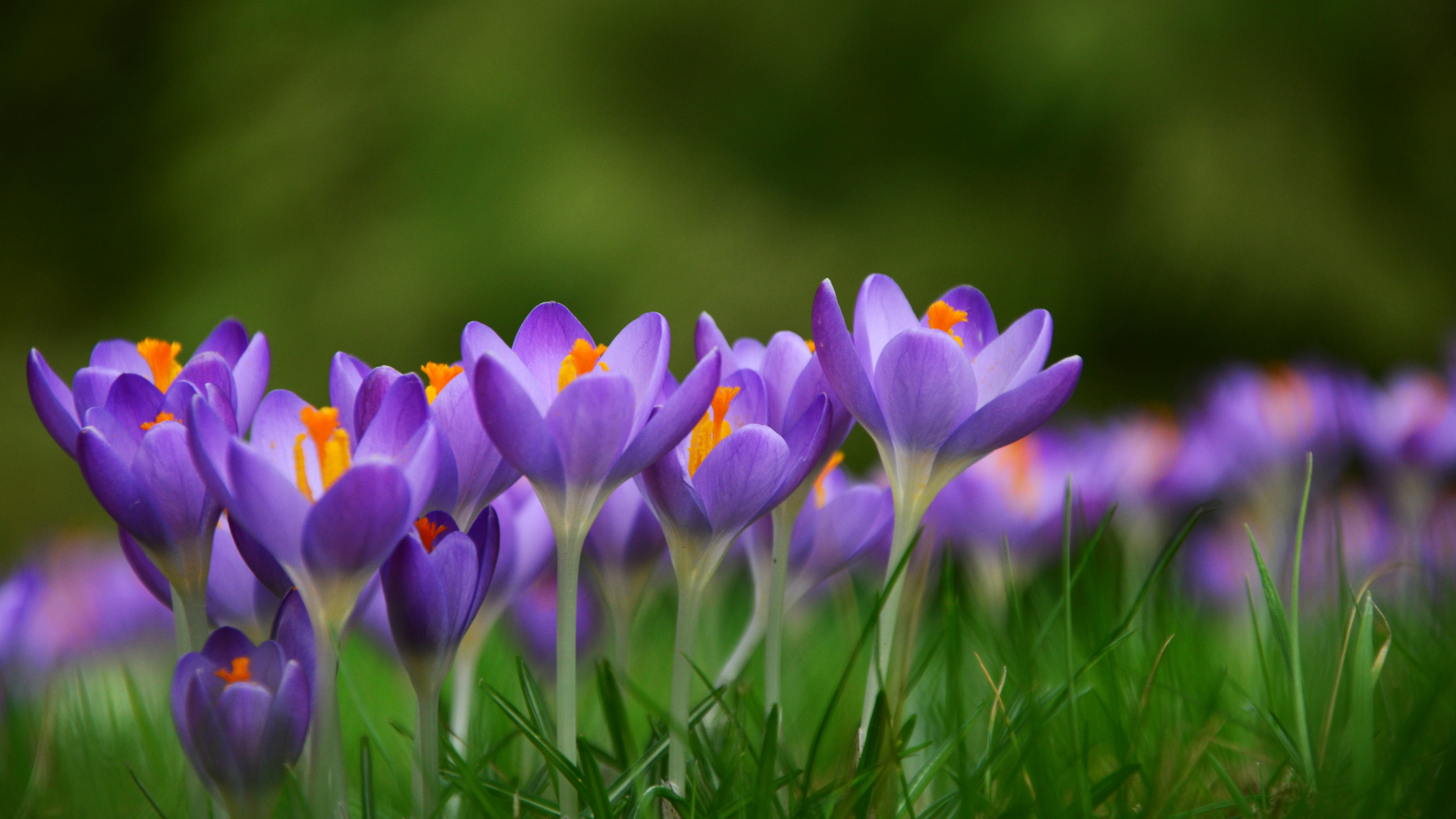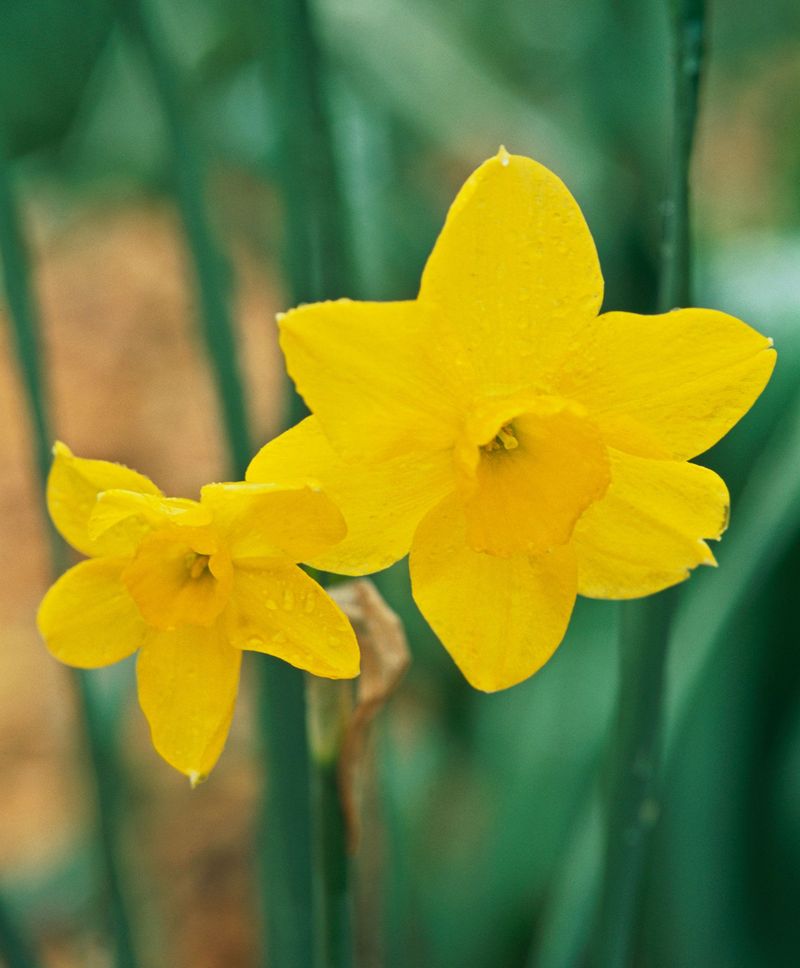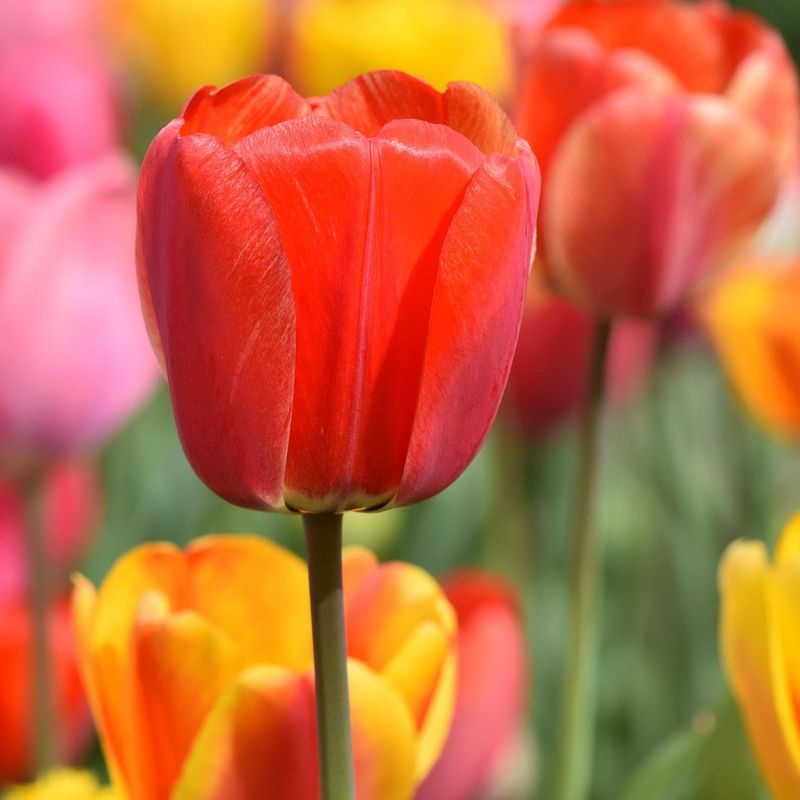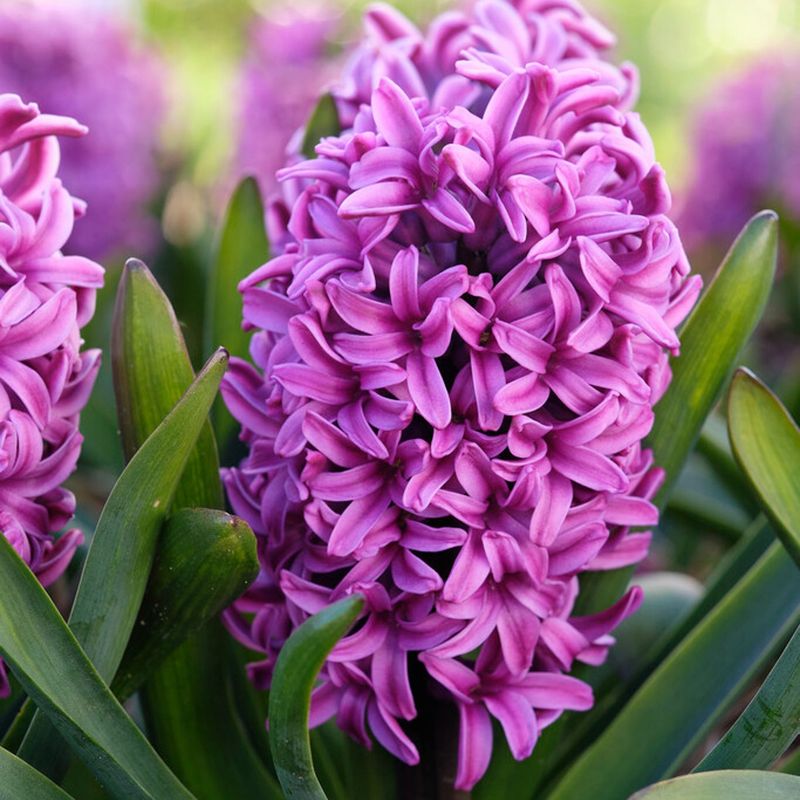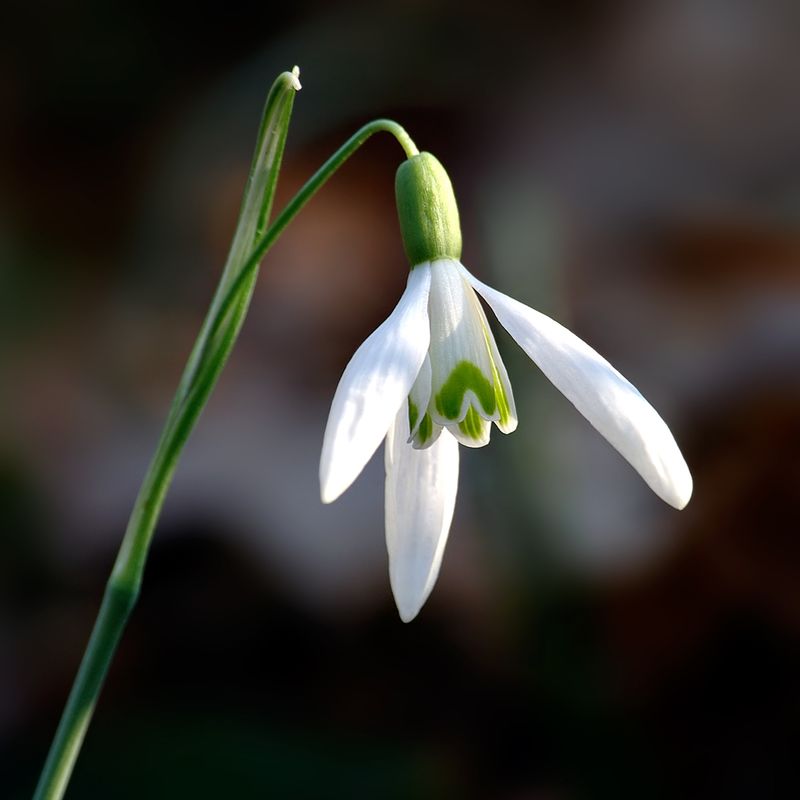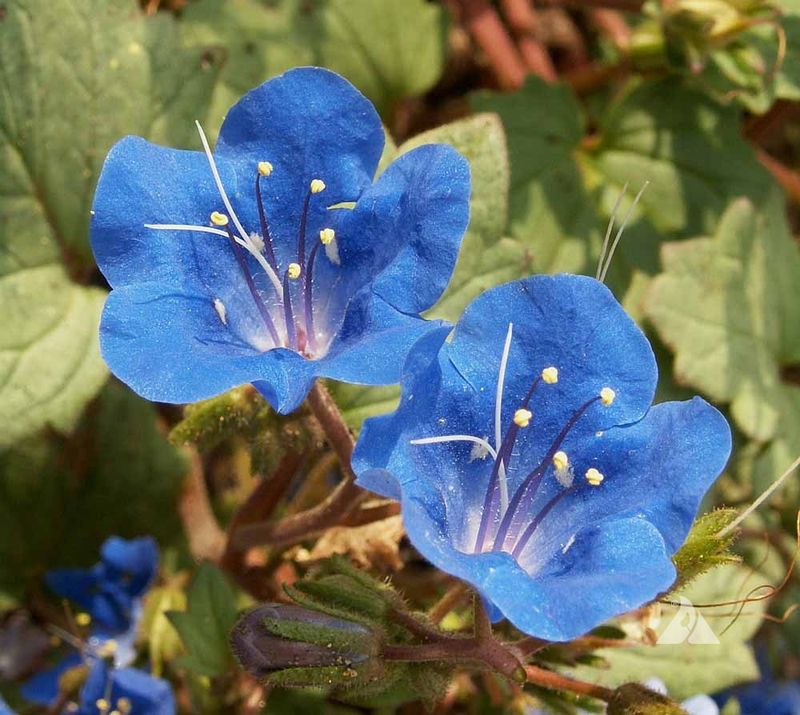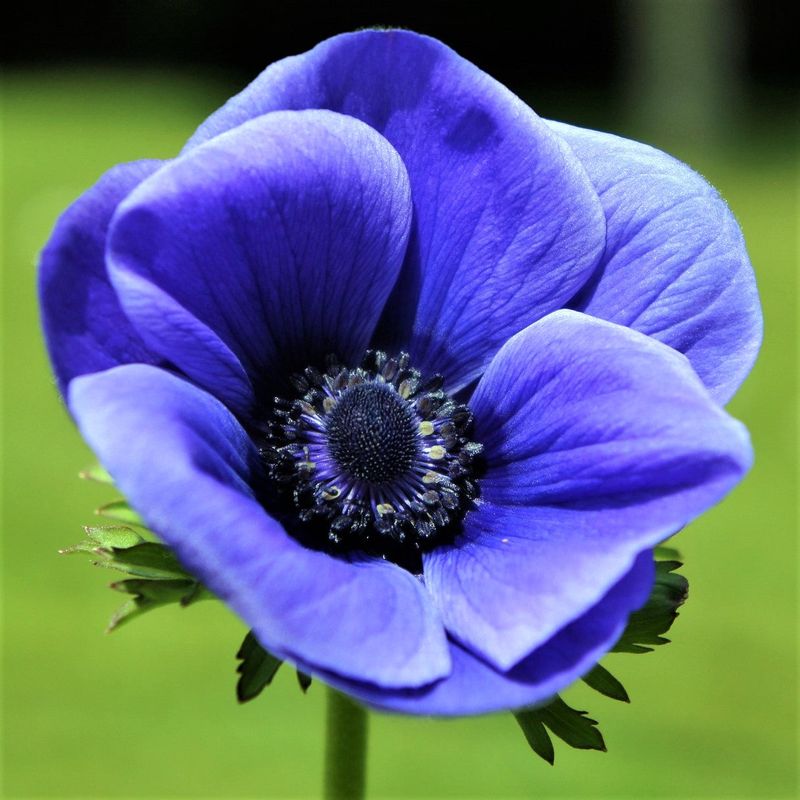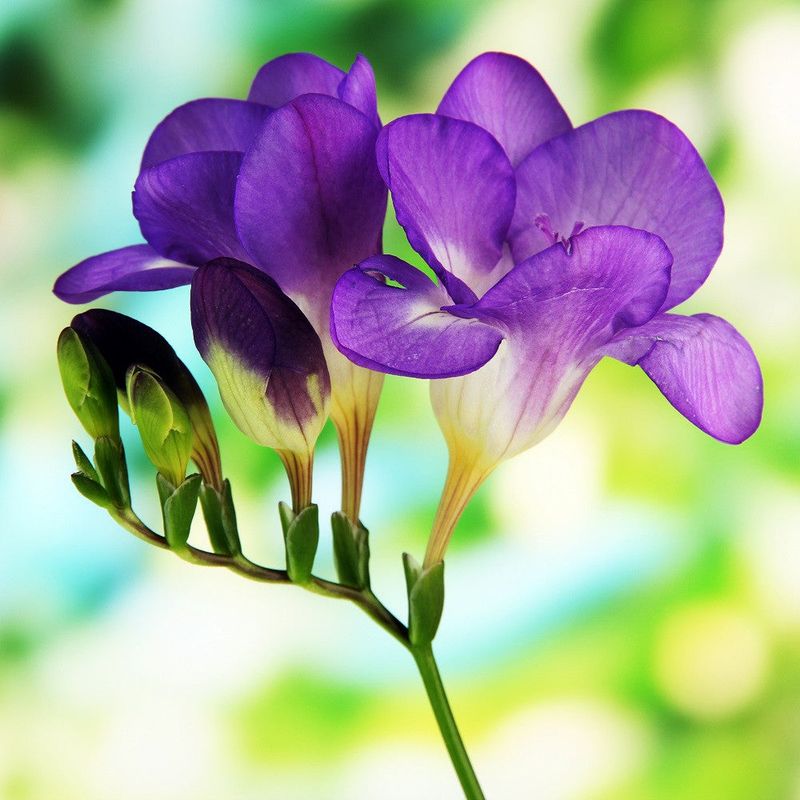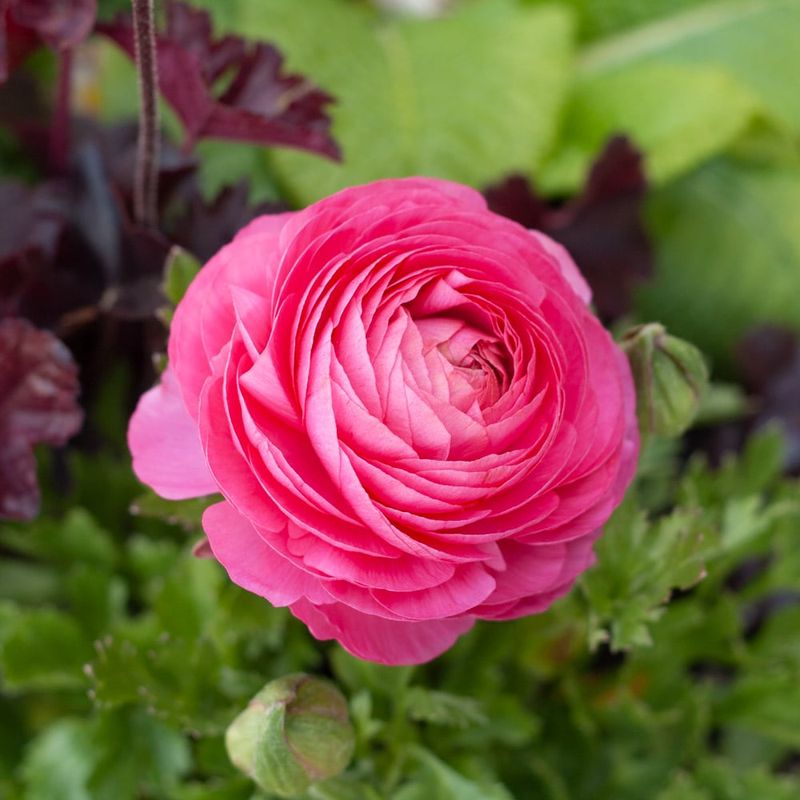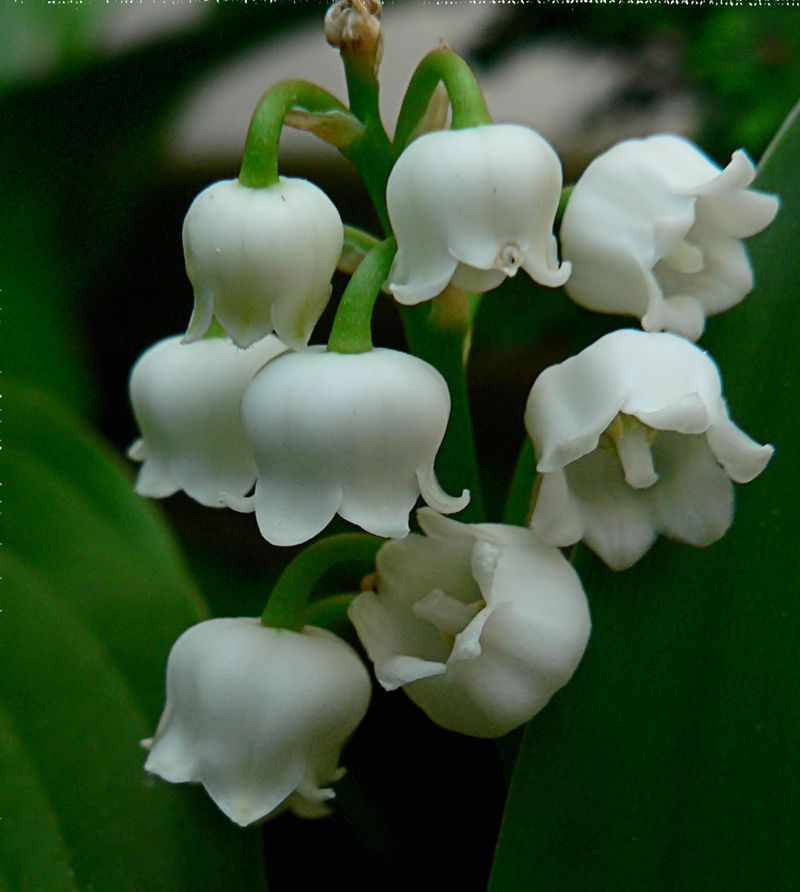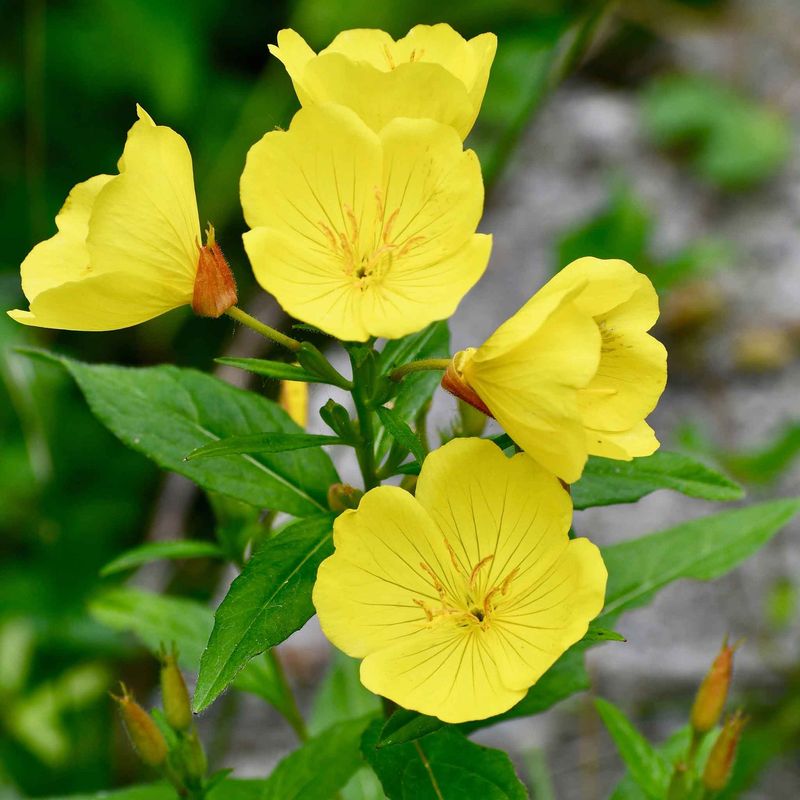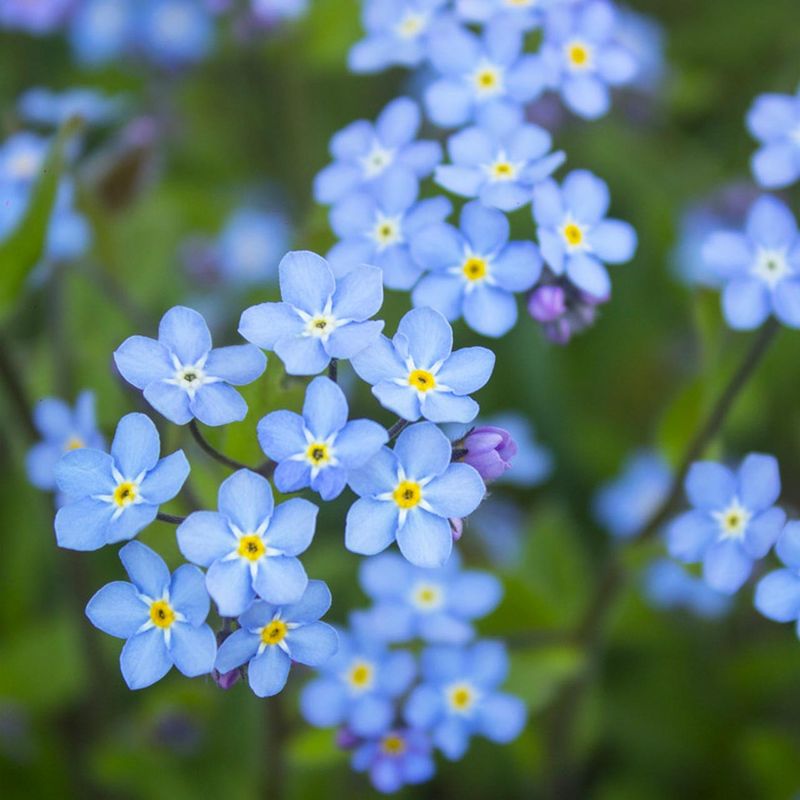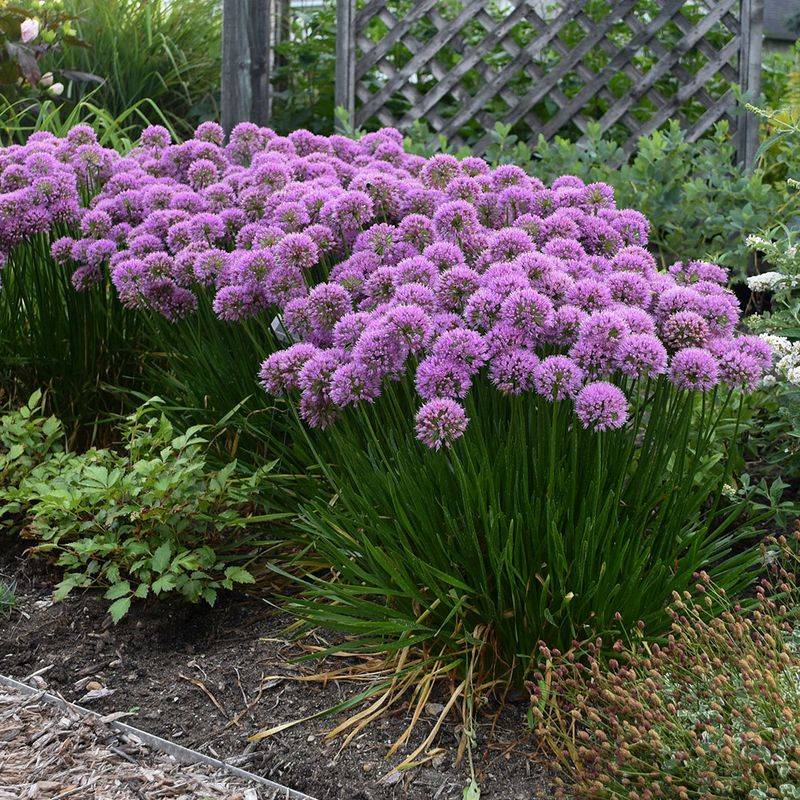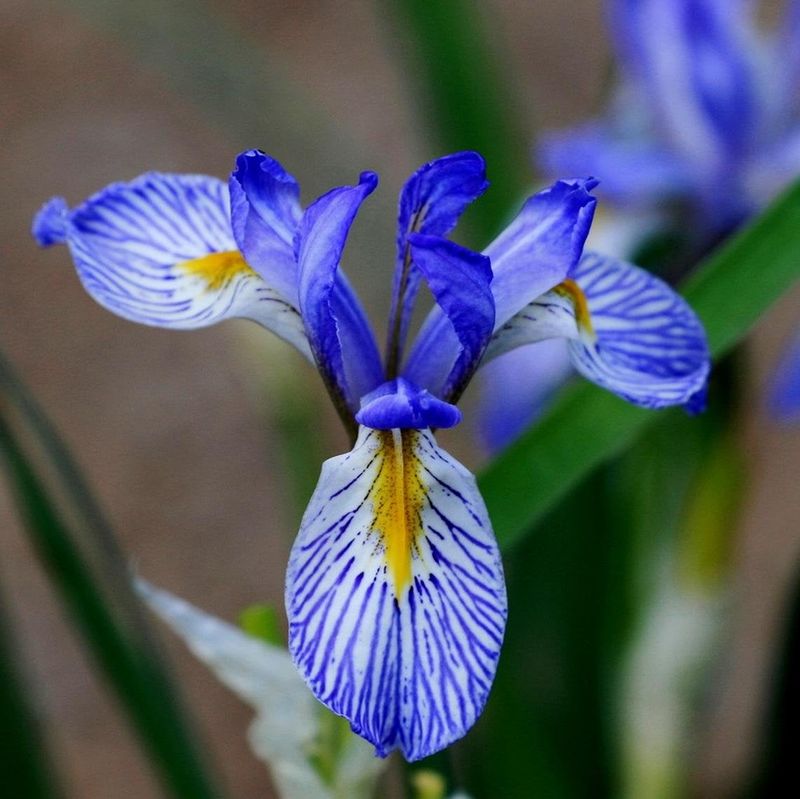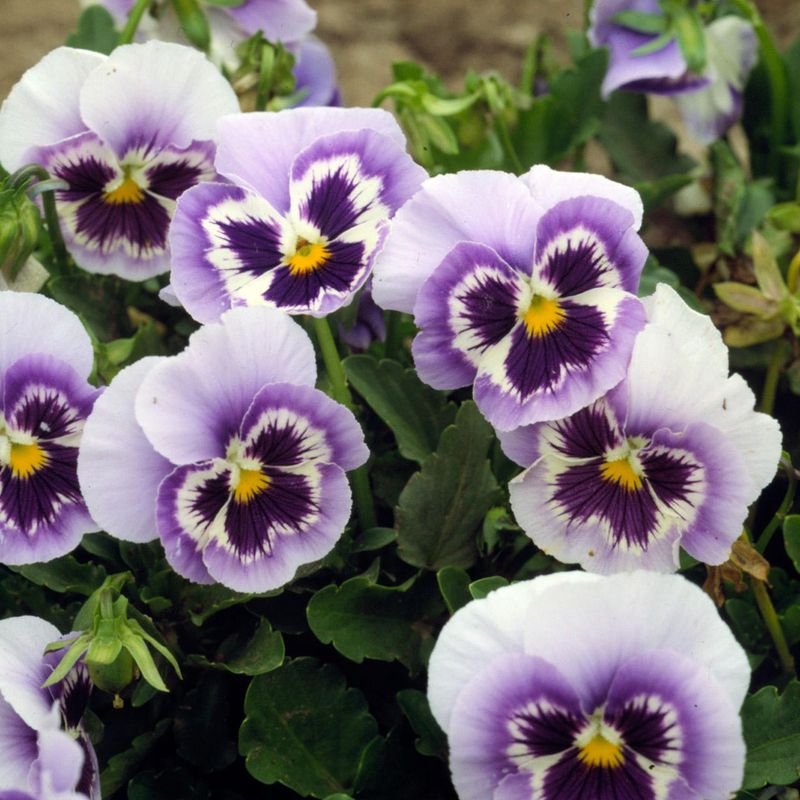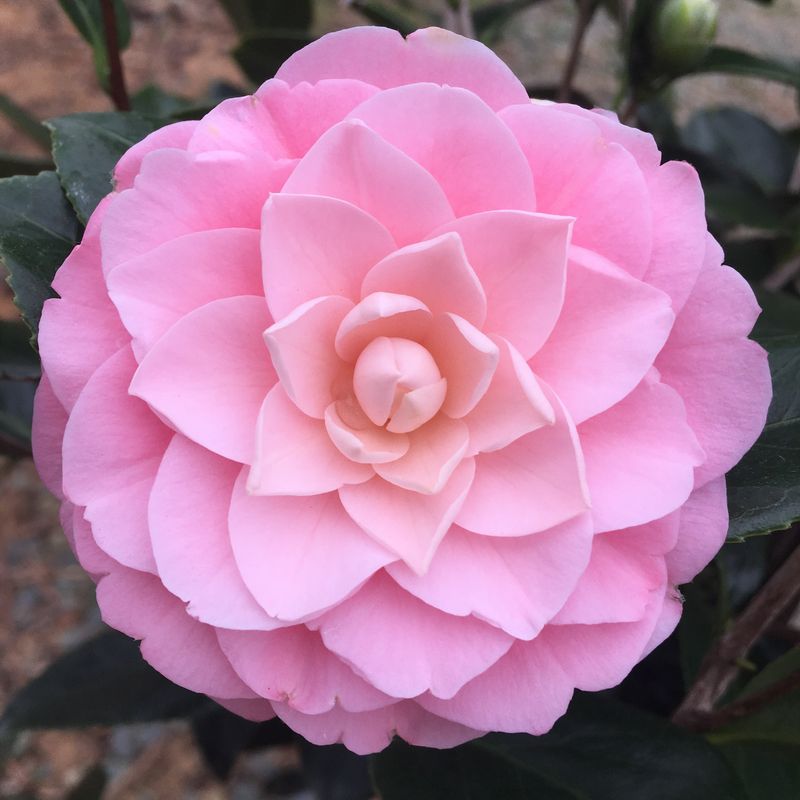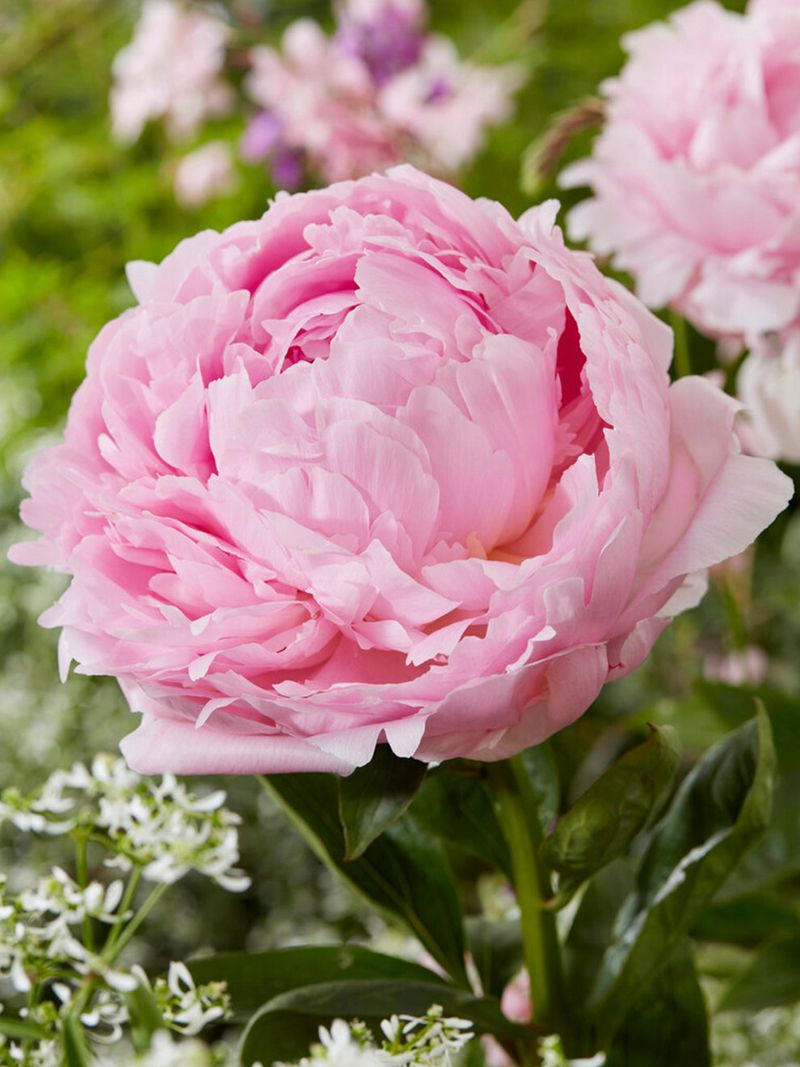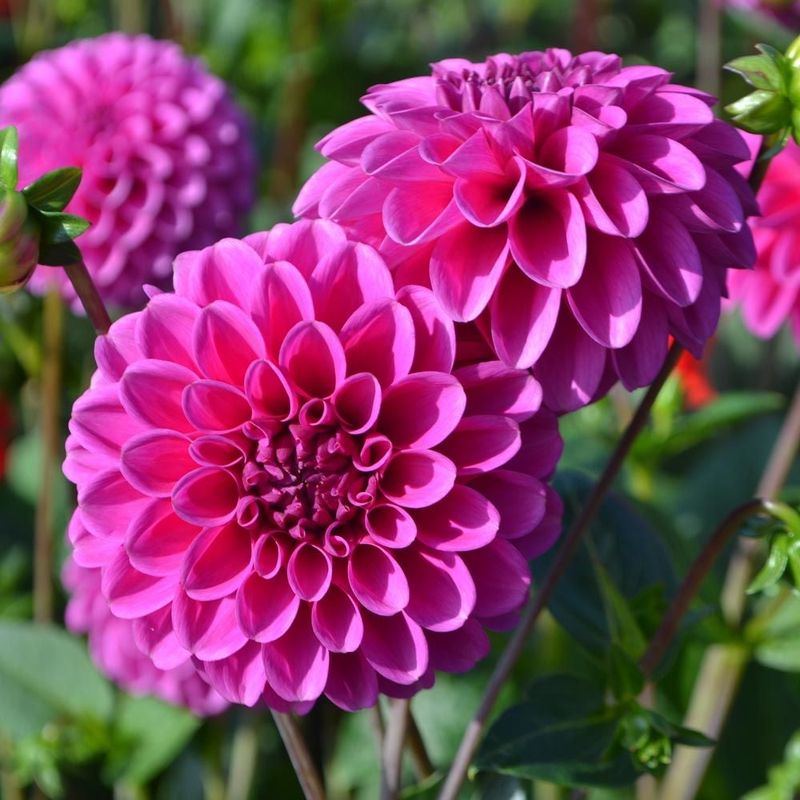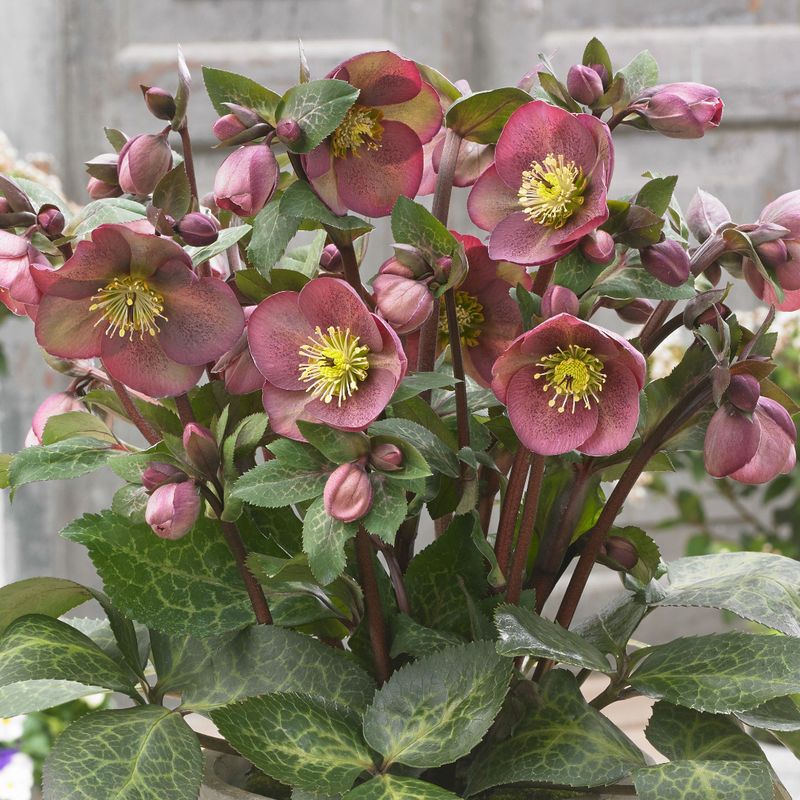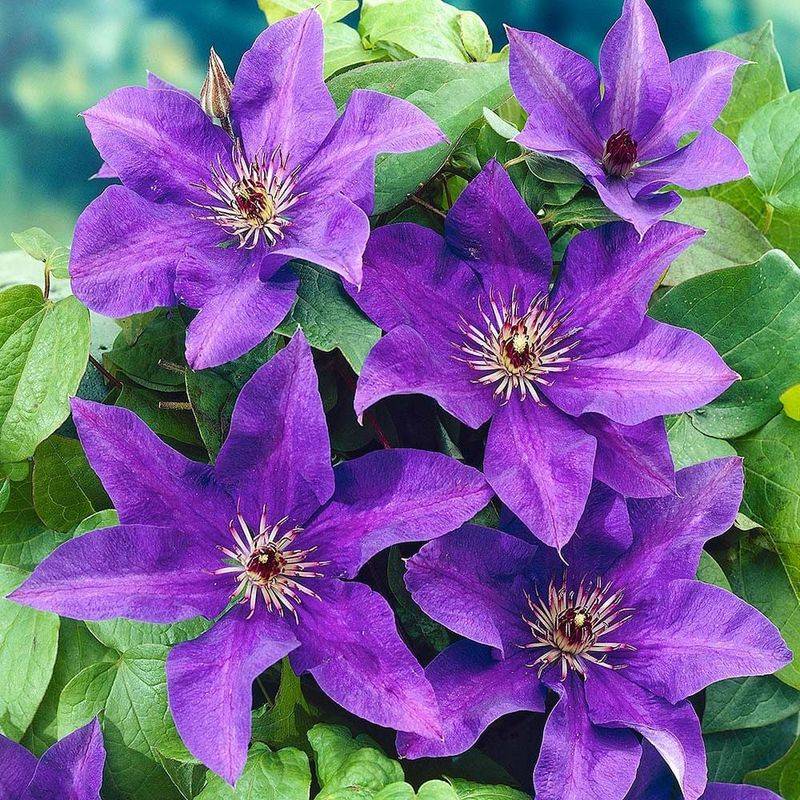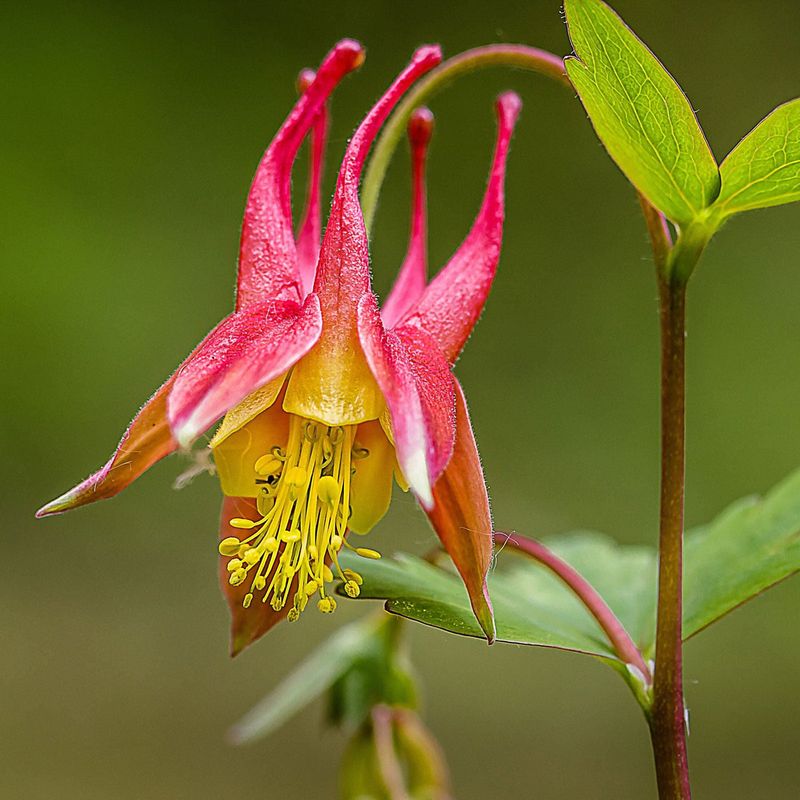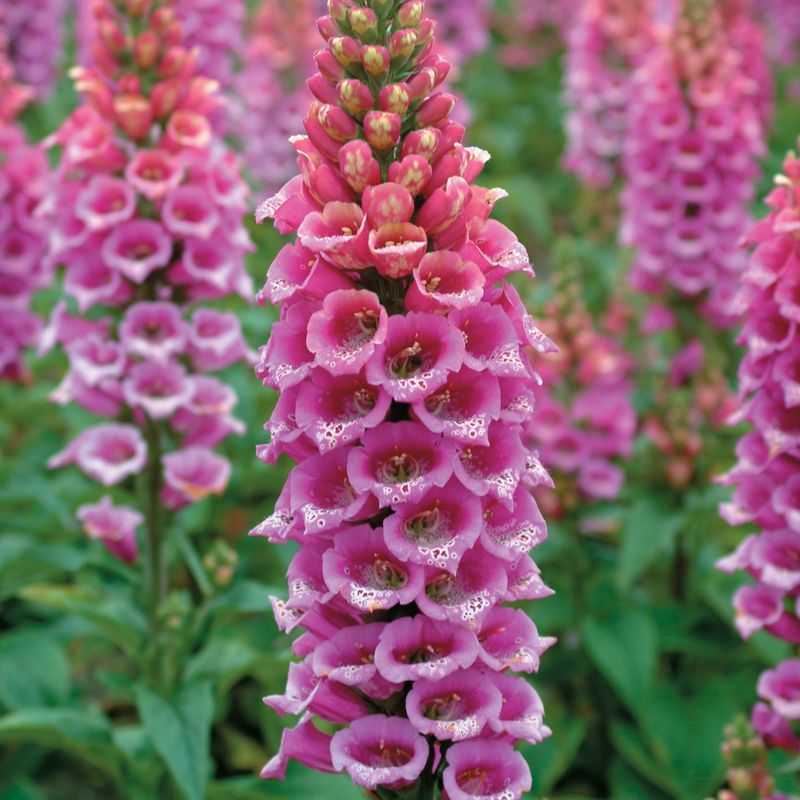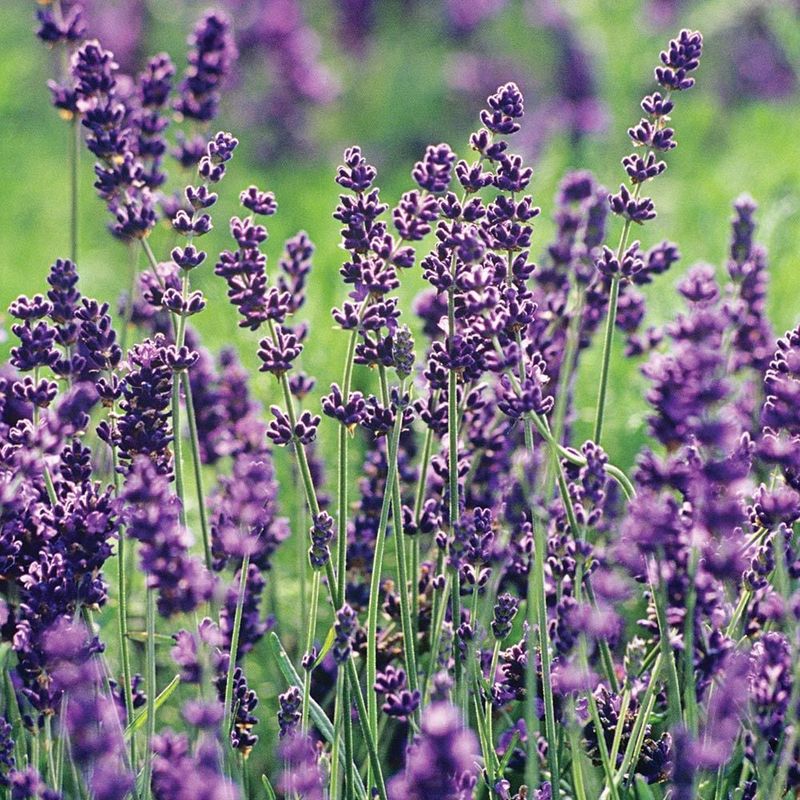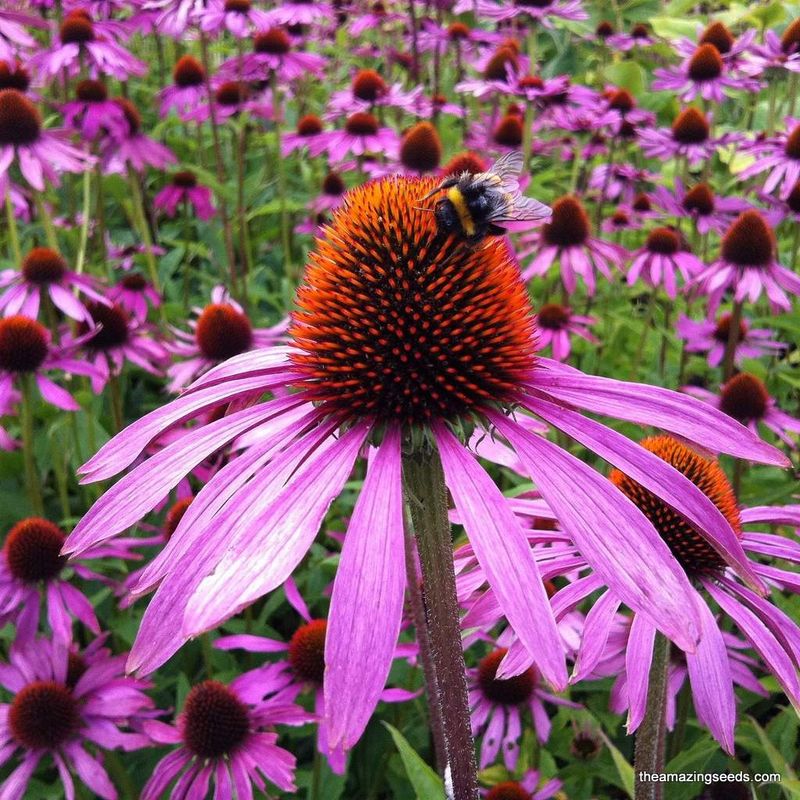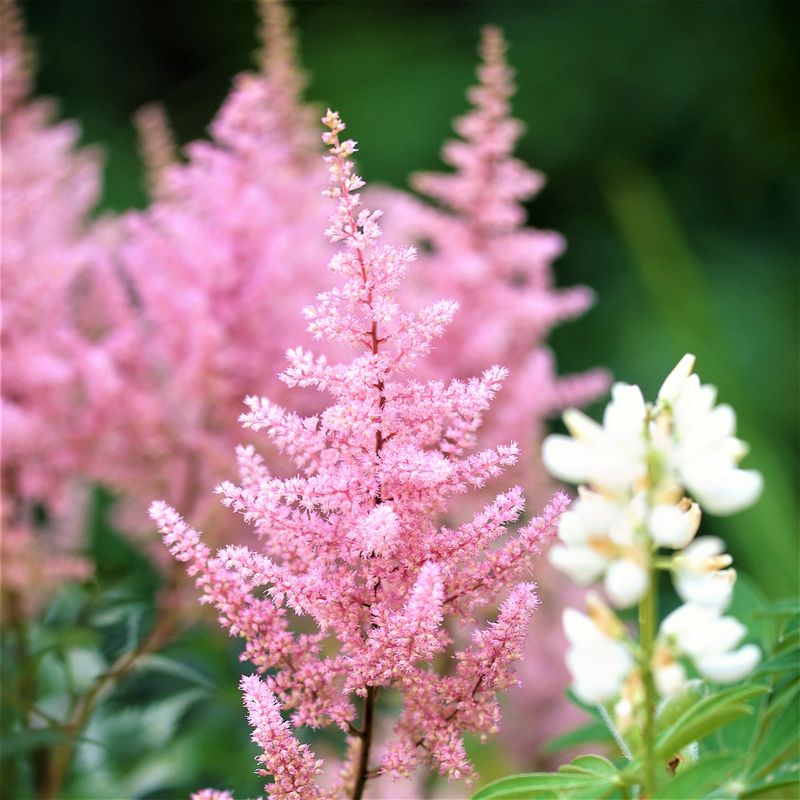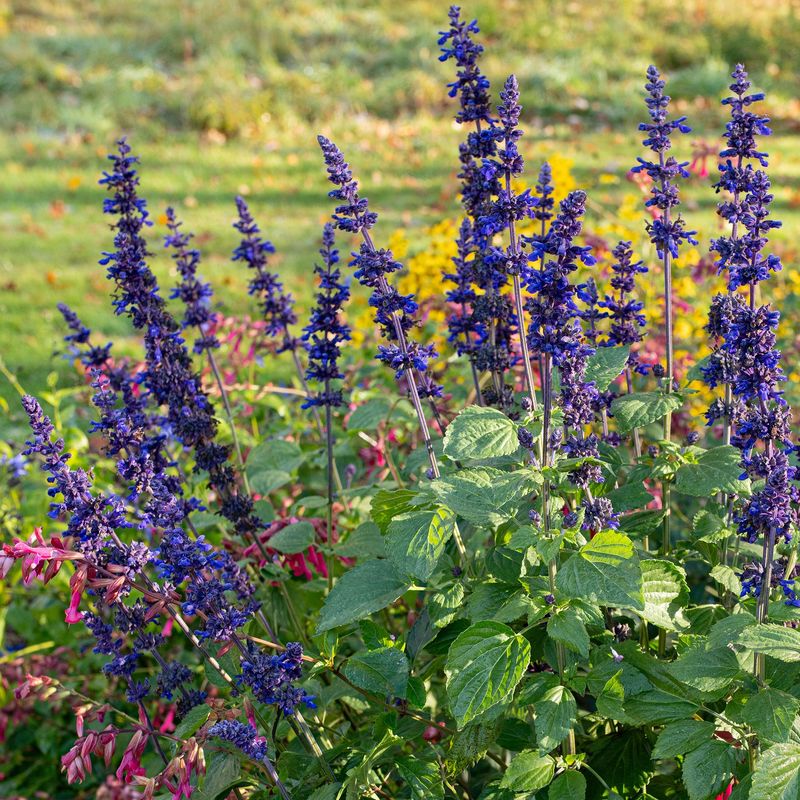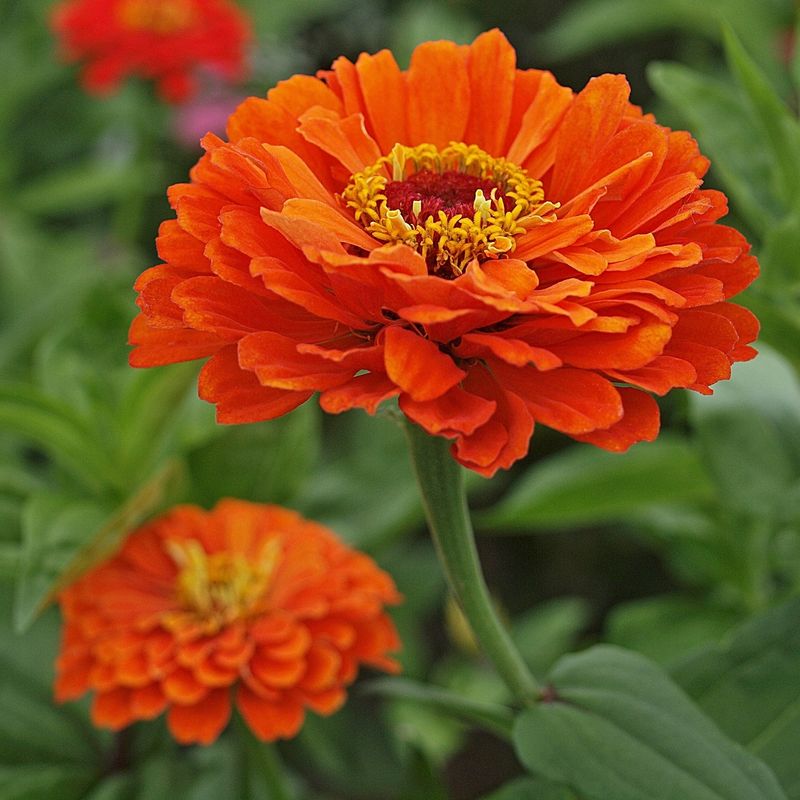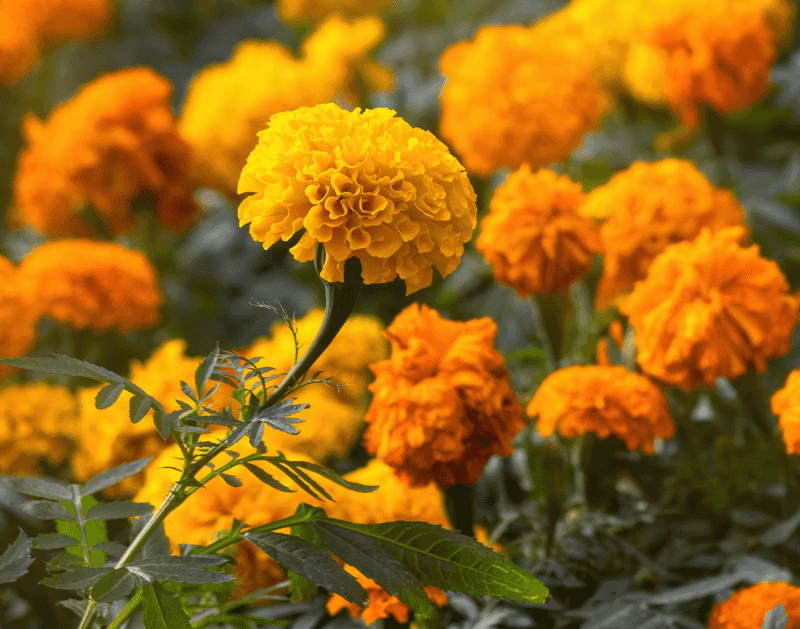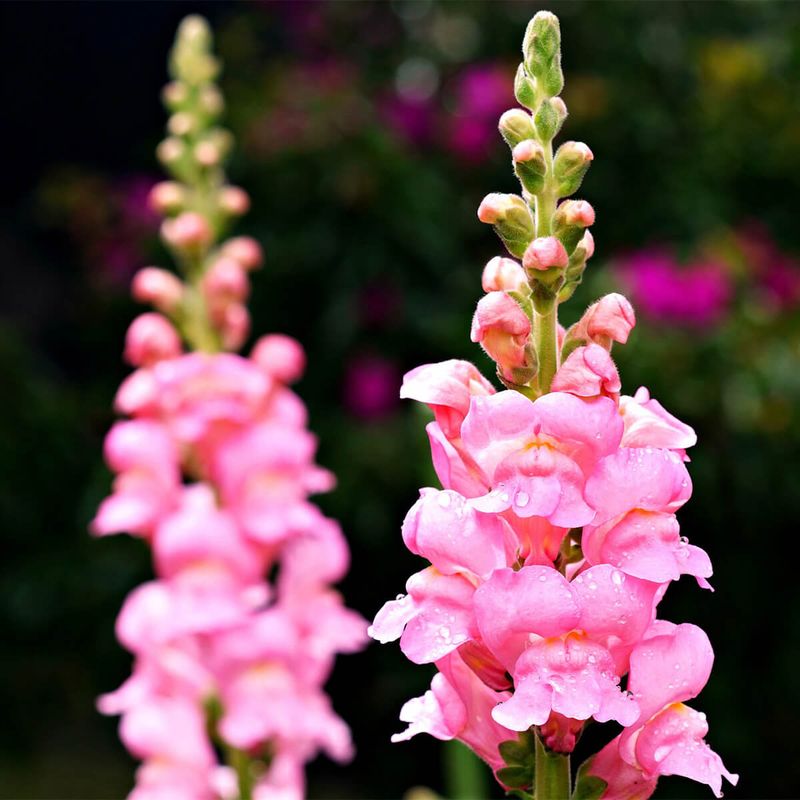Ever found yourself glancing at a garden filled with crocuses and thinking, “What if?” Well, you’re not alone! I remember the season I swapped them out, my garden didn’t just change—it transformed.
Imagine a symphony of colors, textures, and stories. Each plant tells its own tale, and some have humorous little quirks, much like that one neighbor we all secretly love.
Buckle up, fellow plant enthusiasts, as we embark on a floral journey that’s bound to tickle both your green thumb and your funny bone!
1. Daffodil
In the world of spring blooms, some flowers boldly herald the season’s arrival with a trumpet-like shape and cheerful color. Daffodils, with their unmistakable golden hues, are just that!
Their carefree nature makes them an excellent alternative. Plant them once, and they’ll return annually with minimal fuss. It’s like they know exactly where to show up.
In fact, they’re so reliable, you might think they’ve set a recurring appointment in your garden’s diary. Plus, they’re deer-resistant, making them perfect for areas frequented by our four-legged friends.
2. Tulip
Few can resist the charm of a flower that stands tall and proud, much like a regal sentinel in spring gardens. Tulips are a perfect choice to replace crocuses.
With a palette that can make an artist blush, they offer endless variety. These flowers are the garden’s version of a fashion runway, showing off curves and colors that turn heads.
The only challenge? Trying to pick just one favorite among the many! Their straightforward growth habit makes them a gardener’s dream, offering stunning visuals with little demand.
3. Hyacinth
A scent that can stop folks in their tracks wafts from a plant gracing gardens with its compact form. Hyacinths, with their tightly packed blooms, provide a sensory delight far exceeding their size.
Replace crocuses with these fragrant gems and watch as noses, not just eyes, turn in admiration. They’re like nature’s own air freshener.
With a variety of colors, they appeal to every taste. And if nurturing a garden of scents is your goal, these flowers are your best bet for a fragrant spring symphony.
4. Snowdrop
Snowdrops push through the cold, making them a harbinger of spring. Opt for these instead of crocuses, and your garden will have nature’s version of an alarm clock, declaring spring’s imminent arrival.
They may look delicate, but they’re tougher than they appear. Plus, their early bloom time means they’ll start the garden party long before most other guests arrive, making them pioneers in the plant world.
5. Bluebell
In shaded woodlands, a lush carpet of color emerges, captivating those who wander by. Bluebells offer a mesmerizing display that replaces crocuses with ease.
They are the woodland’s whisper, a gentle reminder of nature’s artistry. Their clusters of nodding flowers create a sea of blue, enchanting all who pass.
Often found in forests, they’re the perfect choice for creating a charming, woodland-like garden. As if singing a gentle lullaby, they transform your garden into a serene retreat, inviting tranquility and beauty.
6. Anemone
Picture a meadow where each plant tells a different color story, much like a painter’s palette come to life. Anemones hues bring a bold splash of color that can be as varied as a rainbow.
They’re the garden’s equivalent of a mood ring, reflecting the changing seasons. Swap out crocuses for these beauties, and enjoy a dynamic display.
With minimal care required, they make every gardener look like a seasoned pro. Their playful petals and colors are a delightful change from the expected.
7. Freesia
Imagine opening a window to a world of scents that beckon you with a gentle, fragrant breeze. Freesias offer just that. An aromatic alternative to crocuses.
Known for their fragrance and diverse colors, they bring a piece of spring indoors. Perfect for cut flowers, they’re the gift that keeps on giving, gracing homes with their lovely scent.
Plant them once and harvest their beauty for weeks. They’re nature’s way of saying thank you for the care and attention, rewarding you with delightful blooms.
8. Ranunculus
Imagine flowers so intricately layered they look like nature’s own version of fine couture. Ranunculus offers a sophisticated flair, replacing crocuses with their layered petals and fresh colors.
They’re the flower world’s equivalent of a ruffled ball gown, ready to impress. Plant them, and you’ll have blooms that seem almost too perfect to be real.
Their elegance makes them a fabulous choice for bouquets, leaving an impression long after the vase is empty. Simply put, they are floral elegance at its finest, perfect for any garden.
9. Lily of the Valley
In secretive garden corners, a plant quietly unfolds, offering bell-shaped flowers that nod gently in the breeze. Lily of the Valley offers a delightful alternative to crocuses.
This plant doesn’t shout for attention but whispers gently, drawing in those who seek subtle beauty. Known for its incredible scent, it’s a staple in many perfumeries.
Plant these, and you’ll add an air of innocence to your garden, providing fragrance and elegance in equal measure, much like a soft-spoken friend.
10. Primrose
Think of a flower that acts like a colorful welcome mat to spring, offering a pop of color when winter’s grip starts to loosen.
Primroses offer a great alternative to crocuses, showcasing a dazzling array of hues from pinks to purples. They’re the garden’s own little bursts of confetti, celebrating the new season.
Easy to care for, they’re perfect for both novice and seasoned gardeners alike. With a long flowering season, they become the gift that keeps on giving. They’re a cheerful addition to any landscape.
11. Forget-Me-Not
Imagine a flower so enchanting that it asks to be remembered fondly, even after you’ve walked past it. Forget-Me-Nots are a charming choice over crocuses.
They’re the floral equivalent of a gentle reminder, a tiny note tucked away in nature’s journal. Known for their appeal in cottage gardens, they bring a nostalgic touch to any space.
Easy to grow, they require minimal care, making them a favorite for busy gardeners. Their soft beauty makes them unforgettable.
12. Allium
In the realm of grand garden statements, one flower stands tall—literally. Alliums, with their spherical blooms, provide a stunning alternative to crocuses.
They’re the garden’s version of a conversation starter, drawing eyes upward with their towering presence. Easy to grow and maintain, they’re perfect for adding height and interest to any planting scheme.
These blooms are resilient, making them ideal for gardeners seeking minimal fuss with maximum impact. With a variety of colors, they offer something for everyone.
13. Iris
Step into a garden setting where elegance meets intricacy, and you’ll find a flower with a stately presence. Irises, with their regal stature and intricate patterns, are a fantastic replacement for crocuses.
Their blooms are like intricate works of art, each petal fused with mystery and beauty. Perfect for adding a touch of sophistication, they are easy to grow and thrive in a variety of conditions.
Whether in borders or pots, irises lend an air of distinction to any garden.
14. Pansy
Imagine a cheery flowerbed greeting you with a smile, brightening even the dullest of days. Pansies offer a playful alternative to crocuses.
With their faces peeking up, they bring a sense of personality and charm. Known for their wide range of colors and patterns, they’re the perfect companion for garden borders or containers.
Easy to grow, they provide long-lasting color that can brighten up any space. Pansies are like little garden friends, always there to lift your spirits.
15. Camellia
There’s a flower that blooms with timeless elegance, reminiscent of classic beauty seen in old Hollywood films. Camellias, with their rose-like blooms, offer a sophisticated alternative to crocuses.
They’re the epitome of floral grace, with blooms that seem both familiar and exotic. Ideal for hedges, these flowers provide structure and beauty, requiring minimal care once established.
Their glossy leaves and stunning blooms make them a standout in any landscape, offering a touch of class and elegance.
16. Peony
In gardens where grandiosity takes center stage, a flower emerges with full-bodied blooms that demand attention. Peonies, with their round flowers, are a delightful alternative to crocuses.
They’re the garden’s drama queens, flaunting large petals that capture the eye. Despite their opulent appearance, peonies are surprisingly hardy.
Once planted, they require little intervention, rewarding you with blooms year after year. Their intoxicating fragrance and appearance make them a cherished addition to any garden.
17. Dahlia
Amidst a garden of many colors, a flower stands out with its striking petal arrangements. Dahlias, with their distinctive geometry, provide a colorful alternative to crocuses.
They are the architects of the flower world, each bloom presenting a new design challenge. Available in a spectrum of colors, they offer endless possibilities for creative gardeners.
Dahlias bring a touch of whimsy and artistry, making every garden visit a visual feast. Their robust nature and versatility make them a gardener’s best friend.
18. Hellebore
In the months when most gardens rest, one flower dares to bloom in defiance of winter’s chill. Hellebores offer a unique alternative to crocuses.
Often called the ‘Christmas Rose,’ they bring a touch of winter magic with their delicate petals. Their ability to thrive in the cold months makes them invaluable for winter interest.
With a range of muted colors, they offer subtle beauty that’s perfect for shaded areas. These flowers are the winter warriors of the garden.
19. Clematis
Climbing to new heights, a flower emerges with an ability to transform any vertical space into a floral masterpiece. Clematis, with their large, showy blooms, offer an enchanting alternative to crocuses.
Known for their climbing nature, they’re perfect for fences, trellises, or arbors. Their blooms are nothing short of dramatic, adding a splash of color to forgotten corners.
Easy to grow, they provide months of blooms, making them a popular choice for vertical interest in gardens. Their presence is both commanding and graceful.
20. Columbine
In the heart of wildflower gardens, a plant stands with a playful elegance that catches the eye. Columbines, with their unique spurred petals, offer a whimsical alternative to crocuses.
They’re the jesters of the garden, bringing smiles with their intricate shapes and colors. Easy to grow and maintain, they attract hummingbirds, adding life and movement.
Their natural charm and versatility make them a favorite among gardeners looking to create a carefree, enchanting garden space.
21. Foxglove
Towering above the garden floor, a plant emerges with stately elegance and a hint of whimsy. Foxgloves, with their tall spires of bell-shaped blooms, are a striking alternative to crocuses.
Known for their ability to attract bees and hummingbirds, they bring fresh energy to gardens. Their height adds drama, while their distinct flowers provide texture and intrigue.
They flourish in partial shade, making them ideal for adding vertical interest to any planting scheme. They are both charming and beneficial.
22. Lavender
In a landscape where calm meets beauty, a plant captures hearts with its soothing fragrance and delicate blooms. Lavender offers a tranquil alternative to crocuses.
It’s perfect for sensory gardens or borders. Once established, it requires little maintenance, providing year after year of fragrant blooms.
Its versatility extends beyond the garden, offering culinary and aromatic uses. Lavender is nature’s gift to those seeking peace and relaxation in their garden.
23. Coneflower
In a sun-drenched meadow, a flower stands resilient, showcasing a striking contrast between its center and petals. Coneflowers, with their bold blooms, are a robust alternative to crocuses.
They’re the garden’s welcoming committee, inviting pollinators with their bright colors. Known for their drought tolerance, they’re perfect for low-maintenance gardens.
Their long flowering season and resistance to deer make them a favorite among gardeners. Coneflowers add a burst of color and vitality, making any garden more inviting to visitors, both human and insect alike.
24. Astilbe
In the serene corners of shaded gardens, a plant unfurls its feathery plumes, adding softness and grace. Astilbes, with their delicate flower spikes, provide a charming alternative to crocuses.
Ideal for woodland gardens, they thrive in moist, shaded areas. Their feathery blooms create a gentle sway, transforming gardens into tranquil retreats.
Known for their resilience, they’re a low-maintenance choice for gardeners looking for elegance without the effort. Astilbes are the epitome of garden grace and simplicity.
25. Salvia
In a garden where color reigns, a plant emerges with a sense of purpose and flair. Salvias, with their tall spikes of blue, purple, or red flowers, offer a bold alternative to crocuses.
Known for attracting pollinators, they bring life and movement to gardens. Their drought resistance and low maintenance needs make them ideal for sustainable gardening.
With a variety of heights and colors, salvias provide endless possibilities for creative planting. They are lively yet practical, making them a gardener’s ally.
26. Zinnia
In a sea of summer blooms, a flower stands out for its cheerful demeanor and resilience. Zinnias make an ideal replacement for crocuses.
They’re the garden’s version of a summer blockbuster, full of color and excitement. Perfect for beds or borders, they require minimal care and attract butterflies, adding even more life to gardens.
Their long-lasting blooms ensure a continuous display, making them a favorite for cut flowers as well.
27. Marigold
In the world of garden color, a flower brings sunshine to earth with its radiant blooms. Marigolds, with their bright oranges and yellows, offer a sunny alternative to crocuses.
Known for their pest-repelling properties, they’re perfect for companion planting. Marigolds thrive in various conditions, making them a favorite for beginners and experienced gardeners alike.
Their cheerful appearance and practical uses make them a staple in many gardens. Marigolds bring brightness and protection all in one.
28. Snapdragon
In a garden where whimsy meets structure, a plant blossoms with an array of colors and forms. Snapdragons are a playful alternative to crocuses.
Their blooms resemble open dragon mouths, delighting children and adults alike. They’re ideal for borders or containers, offering a splash of color that lasts throughout the growing season.
Snapdragons add a touch of fun and fantasy to gardens, captivating all who pass by with their quirky charm.

